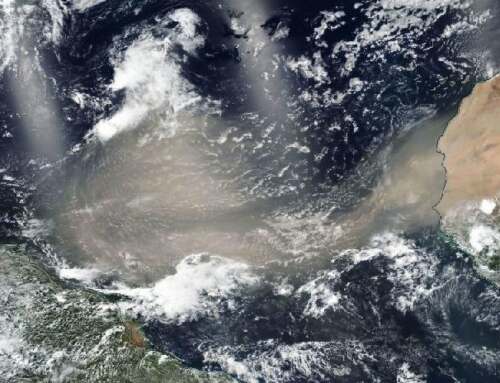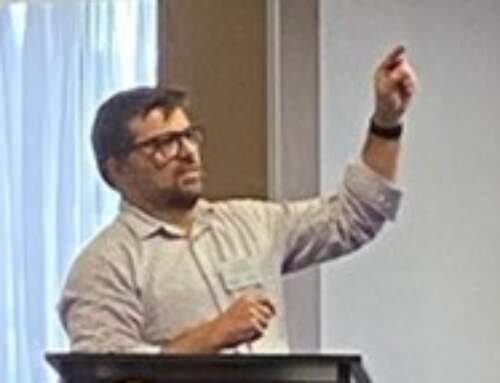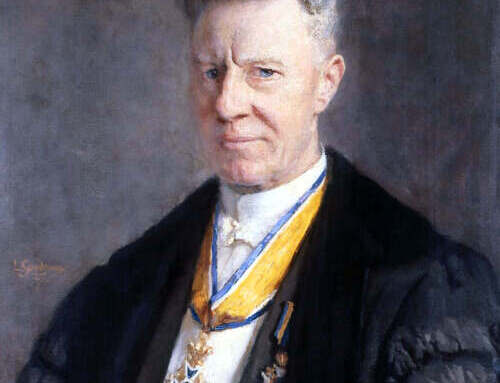The future of odour management involves better communication and research, according to the qualified speakers at last month’s fascinating Water Environment Federation ‘Odor and Air Pollutants Conference’ in Portland.
Without getting too technical, these are the key messages I took away from the conference:
- More engagement and communication between stakeholders – regulators, industry and the community – can make a huge difference. I heard incredible stories at the conference of community odour complaints vanishing after they were educated and brought up to speed with what was actually going on. When kept in the dark people react by complaining. It seems to be the not knowing or understanding that people dislike the most.
As well as improved community engagement we also need more investment into key research areas:
- We need to better understand the liquid – gas interphase of odours from liquid/wastewater sources.
- More research is also required into odour threshold values, as much of the research was conducted using outdated techniques that predate and are inconsistent with the Australian and European olfactometry standards.
And finally, when it comes to precision in olfactometry in relation to the number of odour assessors on a panel: four assessors just doesn’t cut it, five is the bare minimum and six assessors is ideal.
Thanks to everyone at the Water Environment Federation for lots to think about and a great conference.











